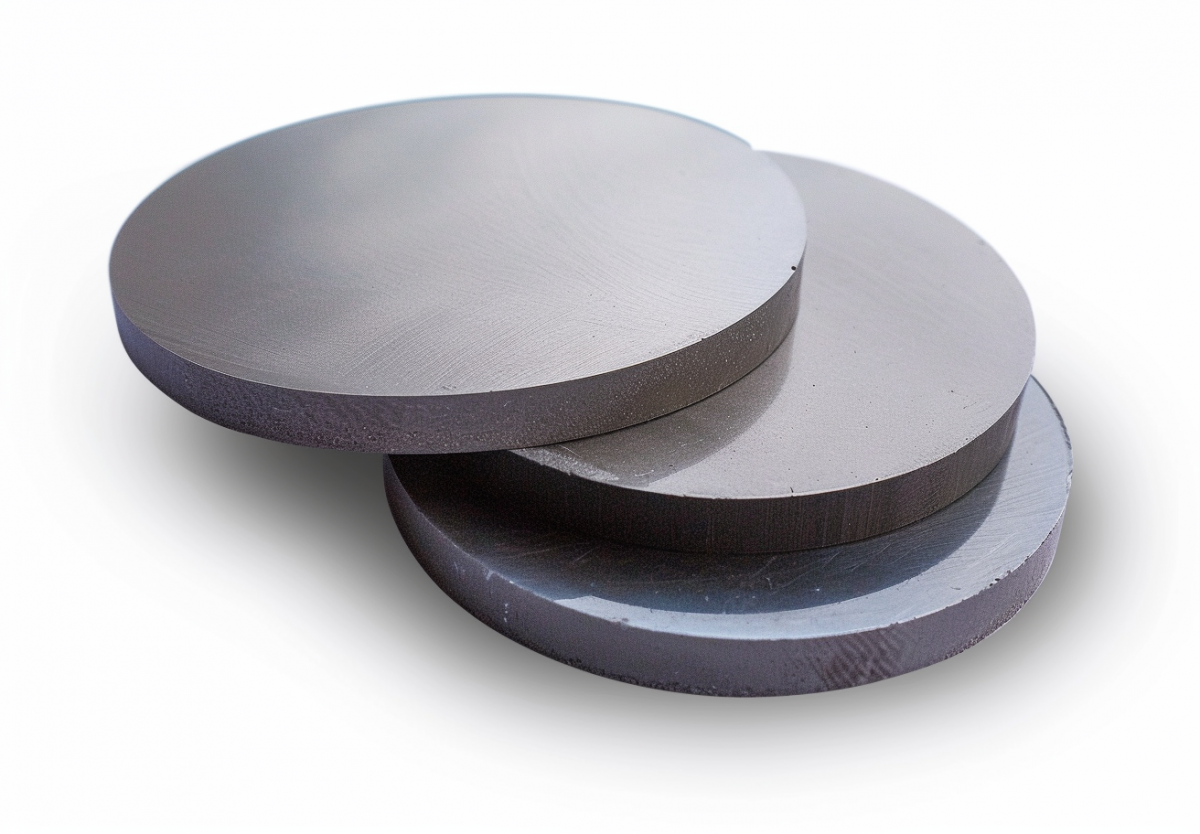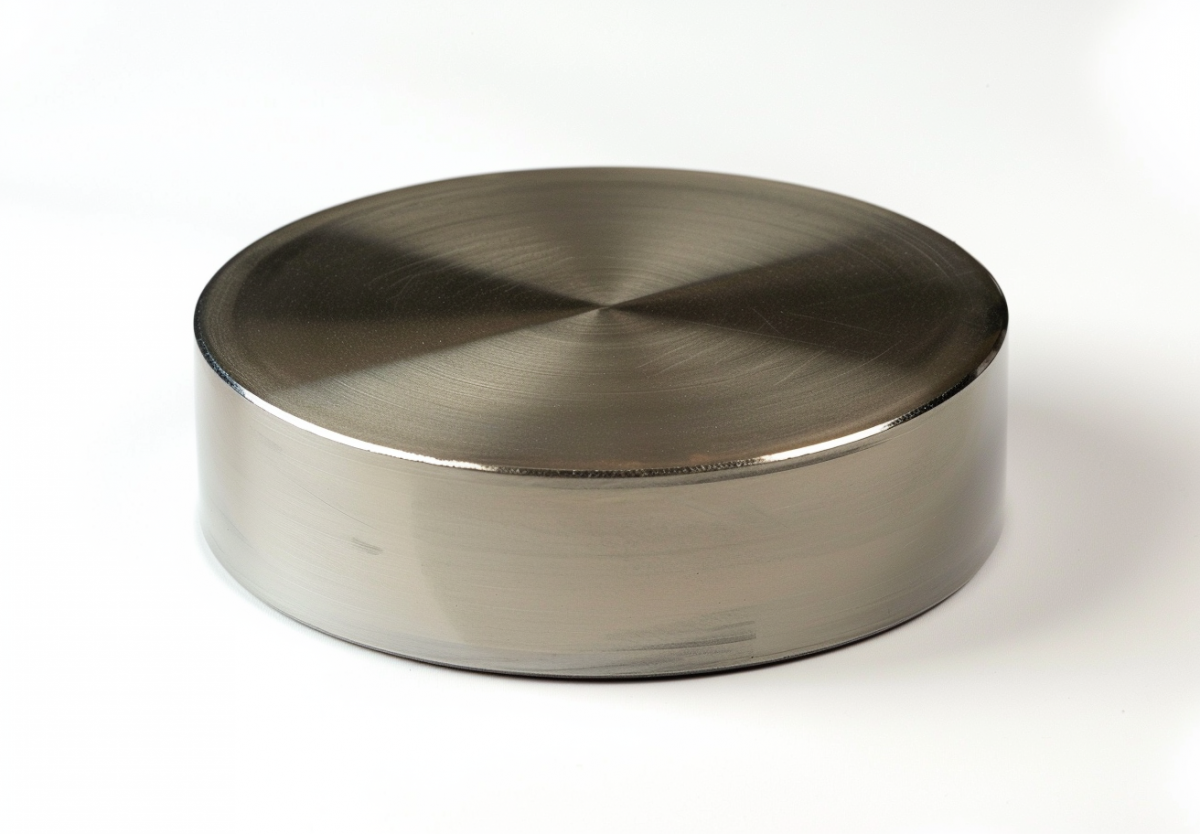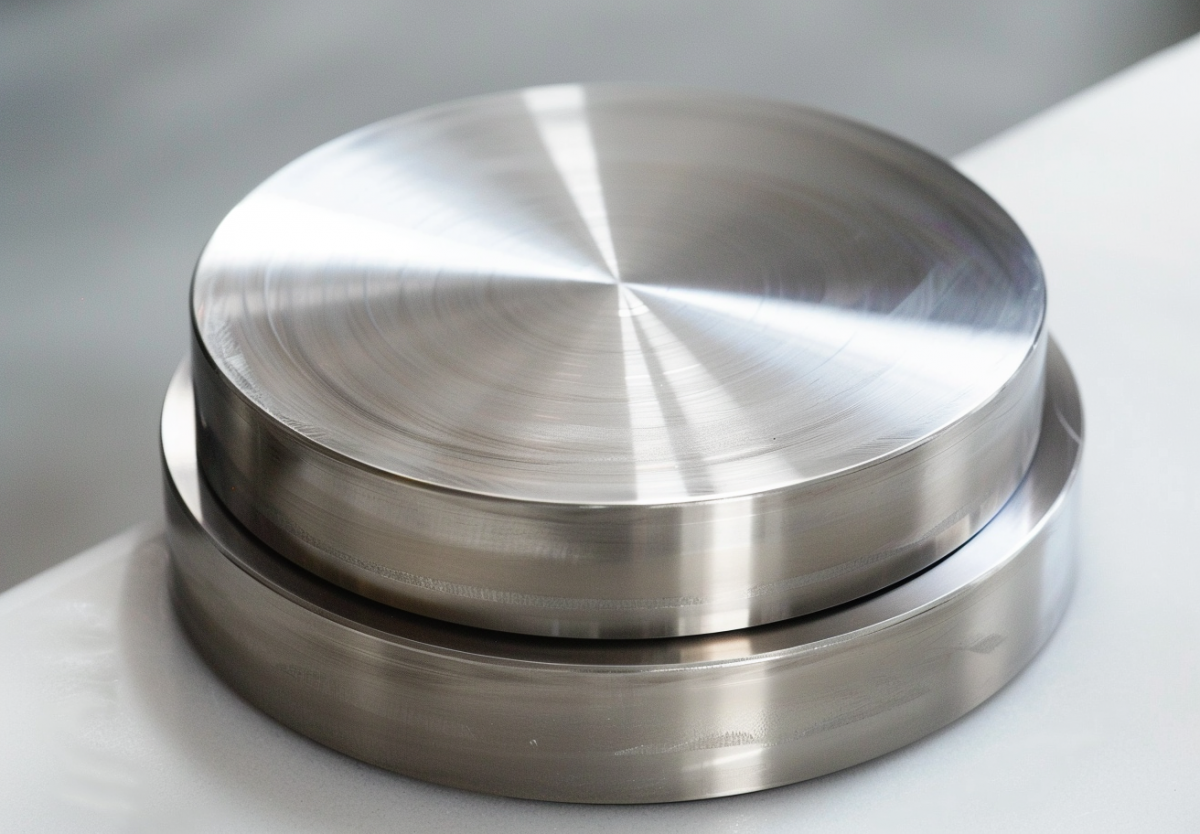Boron carbide (B4C) is a highly durable material well-suited for sputtering targets, particularly in environments that demand resilience against extreme temperatures and wear. Known for its exceptional hardness and heat resistance, boron carbide is a top choice for applications in industries where precision and strength are essential. This article covers why boron carbide is ideal for sputtering targets and highlights its performance in high-temperature conditions. For insights into other materials with similar heat-resistant properties, refer to SAM’s article “Top 10 Sputtering Target Materials that Can Withstand High Temperatures.“
What is Boron Carbide?
Boron carbide is a ceramic compound composed of boron and carbon atoms, giving it a unique set of properties. It is one of the hardest materials available, second only to diamond and cubic boron nitride. This hardness, combined with a high melting point of around 2,350°C, makes boron carbide highly valued for applications in aerospace, defense, and electronics.
Why Choose Boron Carbide for Sputtering Targets?
Sputtering is a technique for depositing thin films of material onto substrates. During this process, the sputtering target must endure ion bombardment while maintaining stability. Boron carbide is highly resistant to wear, allowing it to withstand the rigorous sputtering process without losing efficiency or structure. Additionally, it remains thermally stable even at extreme temperatures, ensuring consistent film quality and deposition rates.
High-Temperature Resistance
One of boron carbide’s most important characteristics is its resistance to high temperatures. B4C can endure temperatures beyond 2,000°C without melting or degrading. In industries that involve high-temperature environments—such as semiconductor and aerospace manufacturing—boron carbide’s heat resistance ensures reliable and efficient sputtering. Its high melting point also minimizes the risk of target material contamination, which could otherwise reduce film quality.
Durability and Longevity
Boron carbide is not only heat-resistant but also highly durable. Its hardness and ability to withstand wear contribute to a longer lifespan, making it a cost-effective option for sputtering applications. Once installed, boron carbide targets are designed to endure numerous sputtering cycles without frequent replacements, which can lower costs and improve overall production efficiency.
Applications of Boron Carbide Sputtering Targets
Boron carbide sputtering targets are utilized across multiple industries that require thin-film coatings and high-temperature resistance. Some notable applications include:
- Semiconductors: In the semiconductor industry, boron carbide is used to create thin films for various electronic components. Its high hardness and thermal stability improve the performance and durability of semiconductor devices.
- Aerospace Components: The aerospace industry benefits from boron carbide’s high-temperature resistance, using it to coat parts that must withstand intense heat and stress during operation.
- Optics and Wear-Resistant Coatings: Boron carbide is also used in optical coatings and wear-resistant films, where its hardness and ability to handle harsh conditions are essential.
- Defense Applications: Due to its durability and hardness, boron carbide is used in coatings for military and defense equipment, providing strong, long-lasting protection.
Thermal Stability and Performance
Boron carbide’s thermal stability is one of the key reasons it excels in sputtering applications. It remains structurally stable even when subjected to rapid temperature changes, which is critical in processes requiring precise control over thin-film deposition. The thermal stability of boron carbide ensures that the target’s material properties remain consistent, leading to uniform, high-quality films.
In addition to its stability, boron carbide has excellent thermal conductivity, which helps dissipate heat efficiently during sputtering. This capability prevents overheating, ensuring the integrity of both the sputtering target and the thin film being produced.
Challenges of Using Boron Carbide
While boron carbide offers many advantages, there are some challenges associated with its use. Its extreme hardness can make it difficult to machine, potentially raising manufacturing costs. Additionally, boron carbide’s brittleness requires careful handling during target production to avoid cracking or damage.
Despite these challenges, boron carbide’s durability and heat resistance make it a top choice for demanding applications where performance is essential.
Conclusion
Boron carbide sputtering targets are essential for industries requiring materials that can handle high temperatures and extreme wear. With their high thermal stability, exceptional hardness, and resistance to wear, boron carbide targets provide a reliable solution for thin-film deposition in environments with extreme heat and pressure.
If your industry requires sputtering targets that can endure the toughest conditions, boron carbide is a strong choice. Stanford Advanced Materials (SAM) offers high-quality boron carbide sputtering targets, ensuring precision, reliability, and durability for various thin-film deposition needs. With a focus on performance, SAM’s boron carbide products are crafted to meet the rigorous demands of high-temperature applications.



